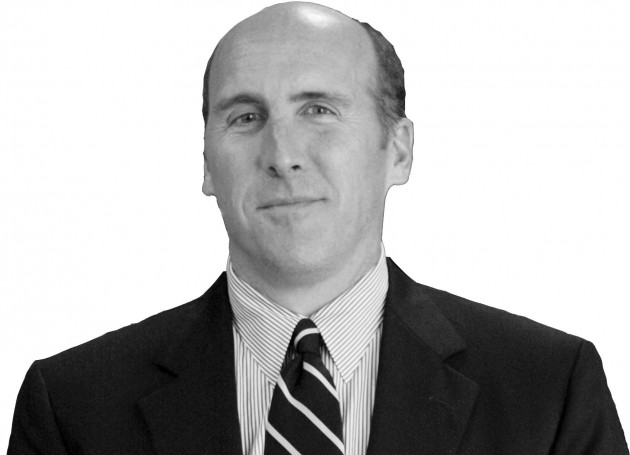
For students who are returning to campus, it is clear there is a great deal of construction and other changes happening on the campus. Anderson Street was completely removed right after the spring commencement, and it will reopen in several weeks as a new entrance to the campus. Stakes and markings around the Lilly Center are the first signs of planning for a major renovation to the overused building. The Emison building now provides a welcome to the thousands of families that come to see DePauw each year. A landscape renewal of the central core of the campus is clearly underway.
A walk downtown shows further construction, including the new bookstore. We will see more changes as the Stellar Communities grant begins funding the renovation of building facades, the construction of a new parking garage, and the transformation of a number of city streets. In the next few years, I hope we will see further projects as we continue to make this campus more functional, welcoming and beautiful.
These projects are very exciting and are signs of an institution moving forward.
The problem with construction projects, though, is that they can be distracting. They can mask other important changes. It's hard to see changes in academic life here at DePauw when streets are being removed.
Most students will be largely unaware of the search for a Vice President for Academic Affairs that will begin in earnest in September. The VPAA is charged with guiding the intellectual direction of the university - from the shape of the curriculum to the appointment of new faculty. The VPAA will be charged to consider how best to strengthen not only our academic departments but the Honors and Fellows Programs as well. This search will engage a large number of faculty members for months and will be a constant part of my job. It needs to be. This person will be the leader of the faculty and my primary partner in shaping DePauw's most fundamental core activities.
Among the questions that DePauw must address, and which must concern the next Vice President, are:
- How do we meet the needs of our curriculum (and the ease with which students enroll in the courses they want and need) with the necessity that our faculty be given time away from the classroom for their research and new course development?
- How do we address new fields and new subjects of study, while maintaining core strengths (all with a faculty of roughly our current size)?
- How do we make study abroad more accessible and Winter Term opportunities richer?
- How do we increase opportunities for students to engage in research with faculty?
- How do we make needed improvements in these academic activities while also allocating resources to increase need-based financial aid?
These are the issues on my desk, and before all of DePauw. They will engage our faculty, our friends and our alumni. If we are to truly become a national liberal arts institution of profound reach and reputation, we must answer these questions well.
After a long day, I like going out and seeing the changes in the campus and in Greencastle. I like seeing new trees. Beneath the construction dirt, though, a stronger DePauw is emerging. Strengthening our academic core will take time and enormous resources. It will also take some courage - on the part of the administration and the faculty - because it requires change.
Changing academic patterns is a lot harder than building new buildings or rebuilding streets. But these are the things that will make DePauw profoundly excellent.
- Casey is the the president of DePauw University.


